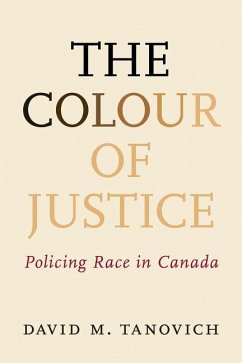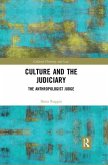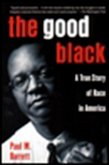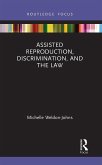The colour of justice in Canada is largely driven by stereotypical assumptions about crime and those who commit it. Over the last few years, the use of race, ethnicity, and religion as indicators of suspicion by the police and security officials has come under scrutiny. The focus, however, has largely been on the American experience. The Colour of Justice provides the first comprehensive look at racial profiling in Canada. Its aim is to foster understanding and reform. The book uses social science evidence, judicial decisions, commission findings, government and police documents, narratives, and media reports to provide the answers to the following questions: When should policing be characterized as racial profiling? Why does it occur? How pervasive is it? What damage does it cause? David M. Tanovich is one of Canadas leading experts in the area of systemic racism and criminal justice.








